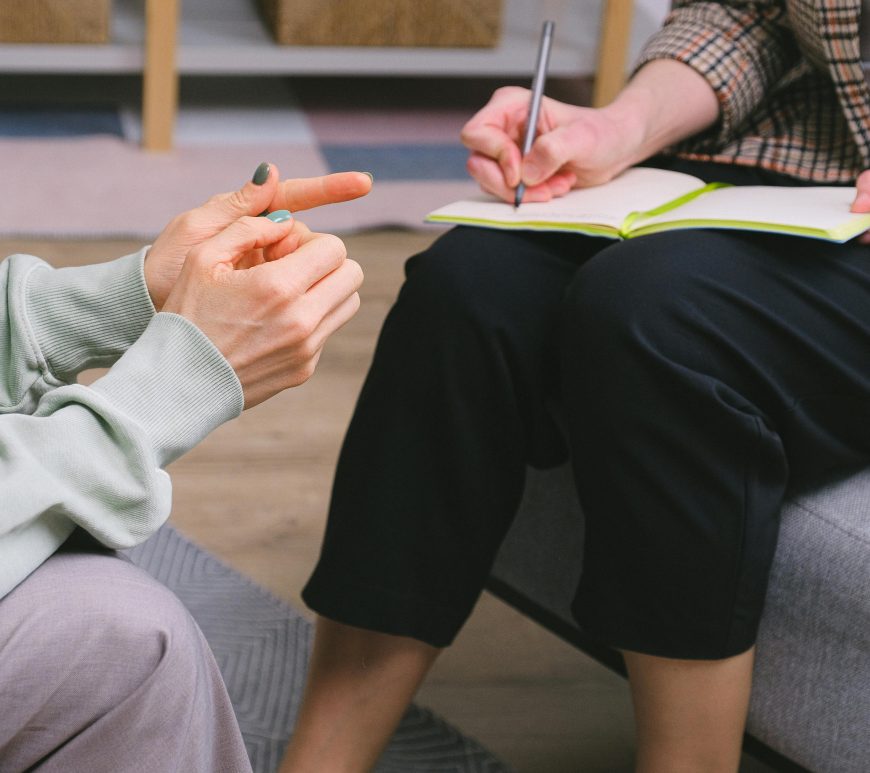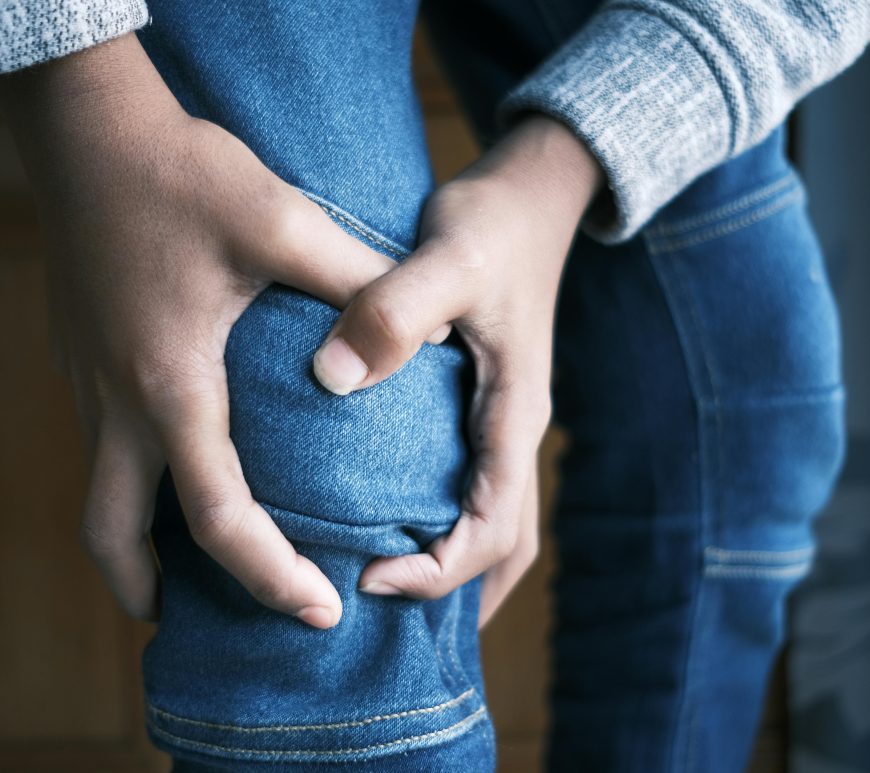
Can distension therapy revolutionize treatment for chronic pelvic pain in women?
Chronic pelvic pain (CPP), characterized by persistent non-cyclic pain lasting over six months, presents a therapeutic challenge due to the absence of established treatments. In response to this unmet need, a team led by J. Heyman, et. al.,(2006) conducted a randomized study to investigate the efficacy of distension therapy on specific pelvic structures in women suffering from CPP, as well as its impact on various … Continue reading Can distension therapy revolutionize treatment for chronic pelvic pain in women?

